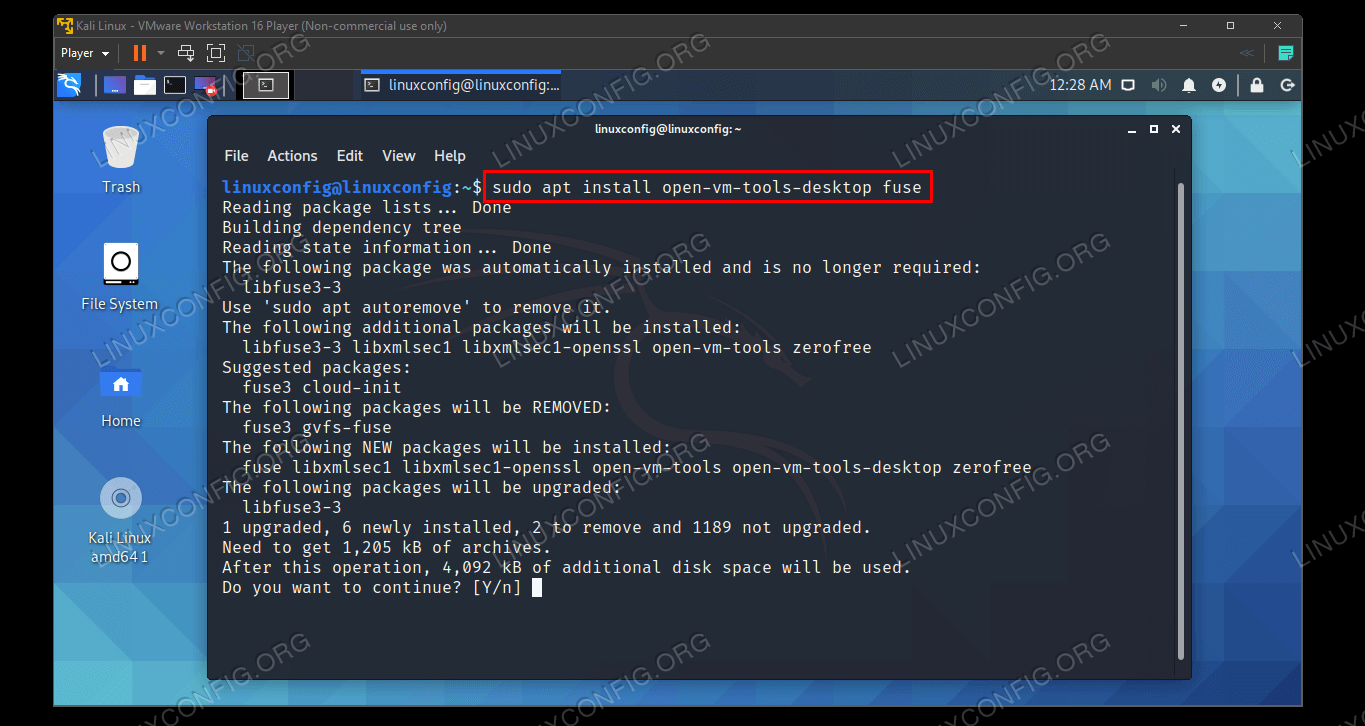
It's quite possible that you'll need to go into your BIOS to enable the virtualization, however. It will return an integer corresponding to the number of CPU cores that support virtualization. Is probably to use this command that Linuxize suggests: grep -Eoc '(vmx|svm)' /proc/cpuinfo If you run sudo cat /proc/cpuinfo, it'll print out a bunch of informationĪbout your CPU (with one section for each core), and you can look in the "flags" section of that for the appropriate flag.

The CPU flag for AMD-V is svm, while for VT-x it is vmx.

If you have an Intel processor, you want to look for Intel VT-x ( Intel virtualization technology on the x86 platform). If you have an AMD processor, the virtualizationĮxtension you want to look for is AMD-V (short for AMD Virtualization it used to be called AMD Secure Virtual Machine). We first need to confirm that our hardware supports virtualization. Prerequisites Hardware virtualization support Information gathering, vulnerability analysis, wireless attacks, networking and other areas. It appears to be an industry-standard tool for security professionals. Kali Linux is a distribution of Linux built for penetration testing andĮthical hacking.It appears as though KVMĬould be considered a type-1 or a type-2 hypervisor, depending on who you ask. If you have a Linux box, you can use KVM to run virtual machines of Windows or other Linux images. It allows Linux computers to become hypervisors that create and run virtual machines. Kernel-based Virtual Machine is open-source software that is built.VirtualBox and VMware Workstation are examples of popular type-2 hypervisors. Type-1 hypervisors run directly on the host computer's hardware, while type-2 hypervisors run

Want to test software on different operating systems, or run potentially malicious software in a safe, sandboxed environment.Ī hypervisor (or virtual machine monitor, but let's be honest, hypervisor sounds way cooler) is software that creates and manages VMs. Us to run completely different types or versions of operating systems from our host machine. That creates and runs the VM(s) is called the host machine, while the VMs themselves are the guests. Get an image of Kali Linux up and running on a Ubuntu 20.10 box.Ī virtual machine (VM) is basically a computer that's running inside of another computer. Here, I describe the steps that I took to

Instead, I opted to use Kernel-based Virtual Machine (KVM) as hypervisor. Or VMware's Workstation, I had a little trouble getting those set up in myĮnvironment. While a lot of people recommend running Kali Linux as a virtual machine (VM) via Oracle's VirtualBox Hosting a Kali Linux virtual machine using KVM on a Ubuntu 20.10 box


 0 kommentar(er)
0 kommentar(er)
